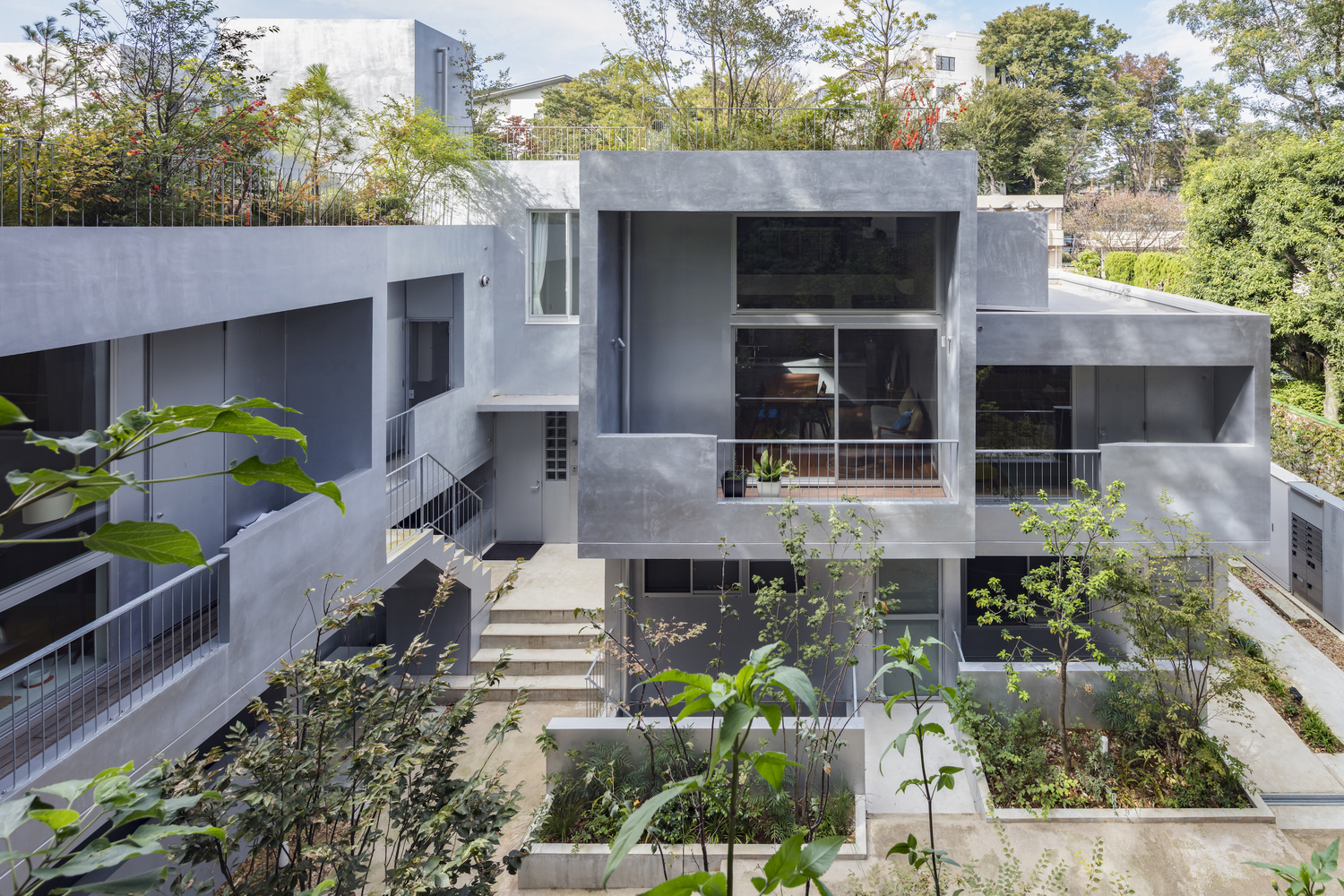- Home
- Articles
- Architectural Portfolio
- Architectral Presentation
- Inspirational Stories
- Architecture News
- Visualization
- BIM Industry
- Facade Design
- Parametric Design
- Career
- Landscape Architecture
- Construction
- Artificial Intelligence
- Sketching
- Design Softwares
- Diagrams
- Writing
- Architectural Tips
- Sustainability
- Courses
- Concept
- Technology
- History & Heritage
- Future of Architecture
- Guides & How-To
- Art & Culture
- Projects
- Interior Design
- Competitions
- Jobs
- Store
- Tools
- More
- Home
- Articles
- Architectural Portfolio
- Architectral Presentation
- Inspirational Stories
- Architecture News
- Visualization
- BIM Industry
- Facade Design
- Parametric Design
- Career
- Landscape Architecture
- Construction
- Artificial Intelligence
- Sketching
- Design Softwares
- Diagrams
- Writing
- Architectural Tips
- Sustainability
- Courses
- Concept
- Technology
- History & Heritage
- Future of Architecture
- Guides & How-To
- Art & Culture
- Projects
- Interior Design
- Competitions
- Jobs
- Store
- Tools
- More
Innovative Approaches to Affordable Housing
Affordable housing is a fundamental issue that impacts many individuals and families worldwide. Housing is a basic human need, and everyone deserves access to affordable and safe housing. In recent years, innovative approaches to affordable housing have emerged to help address this critical problem.

Affordable housing is a fundamental issue that impacts many individuals and families worldwide. Housing is a basic human need, and everyone deserves access to affordable and safe housing. In recent years, innovative approaches to affordable housing have emerged to help address this critical problem. This essay will discuss some of these approaches and how they are transforming the way we think about affordable housing.
In this article, we will talk about innovative approaches of affordable housing. One of the most promising approaches to affordable housing is the use of modular construction. Modular construction involves assembling prefabricated building components, or modules, in a factory and then transporting them to the building site for final assembly. This approach offers several advantages over traditional construction methods. First, modular construction can be completed much faster than traditional construction, which can help reduce housing costs. Second, because the modules are built in a controlled factory environment, they are less susceptible to weather-related delays and other construction issues. Finally, modular construction is more environmentally friendly than traditional construction, as it generates less waste and uses fewer resources.

Another innovative approach to affordable housing is the use of community land trusts. A community land trust is a nonprofit organization that acquires and holds land in trust for the benefit of the community. The land trust then leases the land to individuals or organizations who build homes or other structures on it. Because the land is held in trust, it remains permanently affordable, even as property values in the surrounding area increase. This approach helps ensure that housing remains affordable for low-income individuals and families, even in areas where property values are skyrocketing.
Cooperative Housing Alternatives
Cooperative housing is another alternative for designing affordable houses. In cooperative housing, residents jointly own and manage the building in which they live. This approach offers several advantages over traditional rental housing. First, because the residents own the building, they have more control over the cost of living in it. Second, because the residents are responsible for the maintenance and management of the building, they can save money on property management costs. Finally, cooperative housing encourages a strong sense of community among residents, which can lead to better social outcomes.

Methods for Designing Affordable Houses
- Micro-housing: Micro-housing involves building small, affordable units that are designed to meet the needs of single individuals or small families. These units are often located in urban areas, where housing costs are high.
- Shared equity homeownership: Shared equity homeownership involves a nonprofit organization purchasing a home with a low-income family and then leasing the home to the family at an affordable price. The nonprofit organization retains an equity stake in the home, which helps ensure that the home remains affordable in perpetuity.
- Rent-to-own programs: Rent-to-own programs allow low-income individuals and families to rent a home with the option to buy it in the future. This approach helps individuals and families build equity over time and eventually become homeowners.

The Role of Architect
Architects have a critical role to play in designing affordable housing. Affordable housing must be designed with a focus on affordability, functionality, and sustainability, and architects have the expertise to design buildings that meet these requirements. Below are some specific actions architects can take when designing affordable houses:

- Focus on efficiency: Architects should design affordable houses with a focus on efficiency. This means designing spaces that are functional and well-organized, with a minimal amount of wasted space. This can help reduce construction costs and make the building more affordable.
- Use modular construction: Modular construction can be an excellent approach to building affordable houses. Architects should design buildings that are compatible with modular construction methods, which can help reduce costs and speed up construction time.

- Prioritize energy efficiency: Affordable houses should be designed with a focus on energy efficiency. This can help reduce utility costs for residents and make the building more sustainable. Architects should incorporate energy-efficient materials, appliances, and systems into their designs.
- Consider the local context: Architects should consider the local context when designing affordable houses. This means designing buildings that fit in with the surrounding community and take into account local building codes and regulations.
- Work with developers and nonprofit organizations: Architects should work closely with developers and nonprofit organizations that specialize in affordable housing. These organizations can provide valuable insight into the needs of low-income communities and can help ensure that the building meets the needs of its intended occupants.
- Design for flexibility: Affordable houses should be designed with flexibility in mind. This means designing spaces that can be easily adapted to meet the changing needs of residents over time. For example, rooms may need to be reconfigured to accommodate growing families or changing lifestyles.

Submit your architectural projects
Follow these steps for submission your project. Submission FormLatest Posts
The Ultimate Guide to Fencing in North Dakota: Choosing the Best Fence for Your Property
Watching a chain link fence twist in 70 mph winds near Minot...
Gaudí: Where Architecture Meets Science
Gaudí: Where Architecture Meets Science shows catenary arches, ruled surfaces, and biomimicry...
How Housing Market Forces Shape Architectural Design Today
Architecture never exists in isolation. Buildings rise from a mix of ambition,...
Why Portable Formaldehyde Gas Detectors Matter on Construction Sites
As construction practices shift toward more enclosed and material-intensive environments, the risk...












Leave a comment